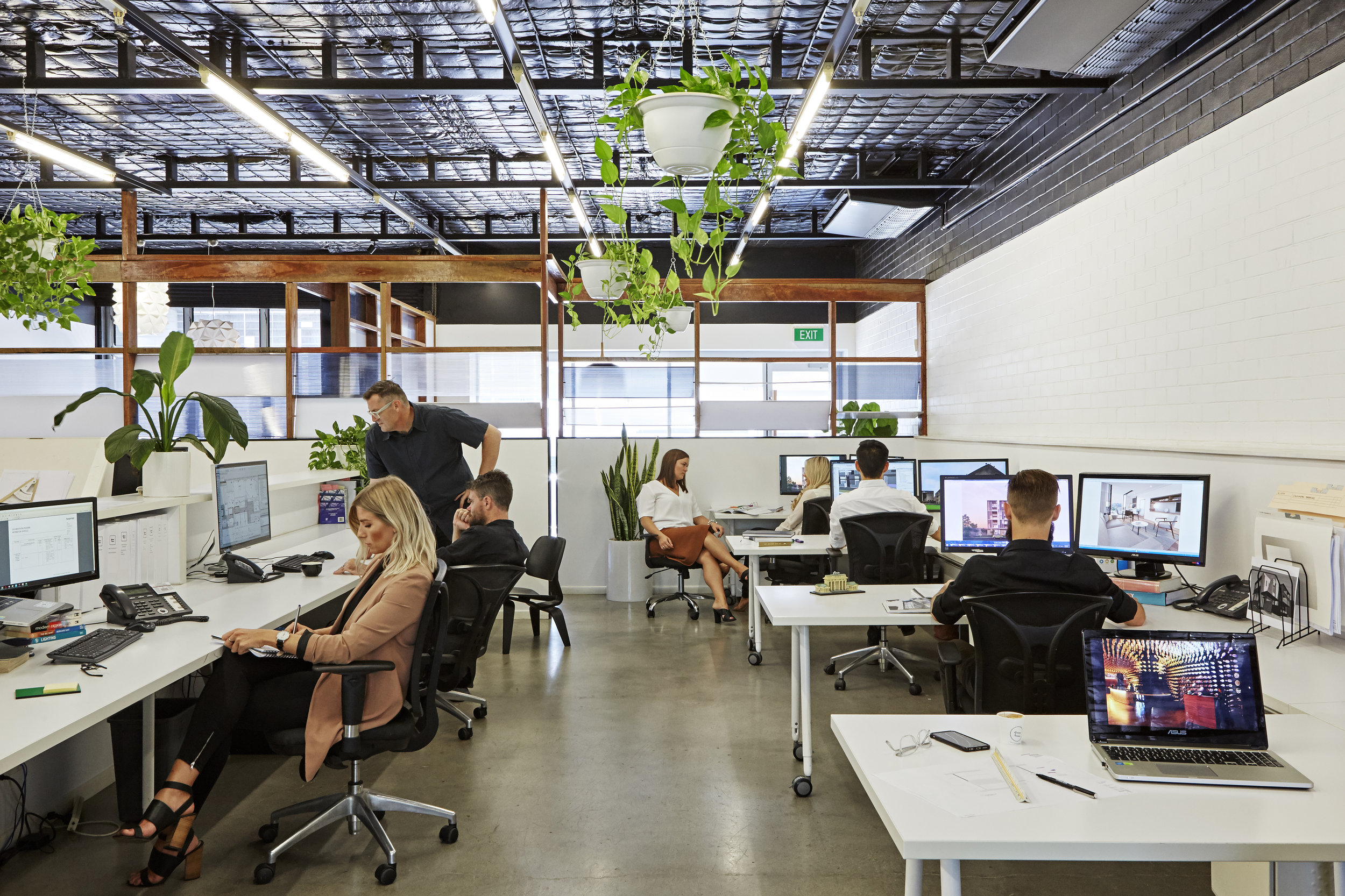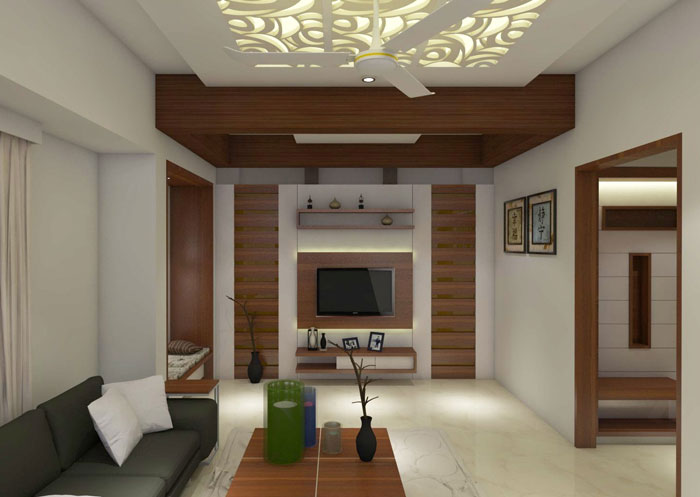The Art of Equilibrium: Just How Interior Design and Home Engineer Collaborate for Stunning Results
In the world of home layout, striking an equilibrium in between appearances and functionality is no tiny accomplishment. This fragile balance is achieved with the unified partnership in between interior designers and engineers, each bringing their distinct expertise to the table. Remain with us as we discover the ins and outs of this collaborative process and its transformative impact on home style.
Understanding the Core Differences In Between Interior Decoration and Home Style
While both Interior Design and home style play important duties in creating visually pleasing and practical rooms, they are inherently various disciplines. Home design largely focuses on the structural elements of the home, such as constructing codes, safety regulations, and the physical construction of the area. It manages the 'bones' of the structure, dealing with spatial dimensions, load-bearing walls, and roofing layouts. On the various other hand, Interior Design is more concerned with improving the sensory and aesthetic experience within that framework. It includes choose and preparing furnishings, picking shade systems, and including attractive aspects. While they operate in tandem, their functions, obligations, and locations of proficiency diverge significantly in the development of an unified home atmosphere.
The Harmony Between Home Architecture and Interior Decoration
The harmony between home design and Interior Design lies in a shared vision of style and the improvement of useful aesthetic appeals. When these 2 areas align sympathetically, they can transform a home from regular to amazing. This collaboration needs a much deeper understanding of each discipline's principles and the ability to develop a natural, cosmetically pleasing setting.
Unifying Layout Vision
Unifying the vision for home style and Interior Design can develop a harmonious home that is both functional and aesthetically pleasing. The equilibrium begins with an incorporated mindset; engineers and interior developers collaborate, each bringing their experience. This unison of ideas creates the design vision, a blueprint that overviews the project. This shared vision is essential for consistency throughout the home, making certain a fluid transition from exterior architecture to interior spaces. It advertises a synergistic strategy where architectural aspects enhance Interior Design elements and the other way around. The result is a cohesive living room that reflects the property owner's individuality, taste, and way of life. Hence, unifying the style vision is important in mixing architecture and Interior Design for magnificent outcomes.
Enhancing Useful Appearances
How does the harmony in between home architecture and interior style boost functional appearances? Designers lay the groundwork with their structural style, making certain that the room is reliable and useful. An engineer could design a house with huge home windows and high ceilings.
Importance of Cooperation in Creating Balanced Spaces
The cooperation between interior developers and designers is crucial in producing balanced rooms. It brings harmony between layout and design, bring to life rooms that are not just cosmetically pleasing yet also functional. Checking out successful collaborative strategies can give understandings right into how this harmony can be successfully achieved.
Integrating Design and Style
Equilibrium, a necessary element of both indoor style and architecture, can only absolutely be attained when these 2 fields work in consistency. This joint process results in a cohesive, well balanced layout where every aspect has a function and contributes to the total aesthetic. Harmonizing layout and style is not just about producing attractive areas, but about crafting rooms that work seamlessly for their residents.
Successful Joint Methods

Case Studies: Successful Combination of Style and Style
Checking out several situation research studies, it emerges how the successful integration of Interior Design and design can transform a space. The Glass House in Connecticut, renowned for its minimalistic elegance, is one such example. Architect Philip Johnson and interior designer Mies van der Rohe collaborated to create a harmonious equilibrium click here in between the inside and the framework, leading to a smooth flow from the outside landscape to the internal living quarters. Another prototype is the Fallingwater Home in Pennsylvania. Architect Frank Lloyd Wright and interior developer Edgar Kaufmann Jr.'s collective initiatives bring about a stunningly unique house that blends with its natural environments. These situation studies underline the extensive influence of an effective style and design collaboration.

Overcoming Obstacles in Style and Architecture Cooperation
Despite the undeniable benefits of a successful collaboration between interior design and architecture, it is not without its obstacles. Designers might focus on architectural honesty and safety and security, while developers concentrate on convenience and design. Efficient communication, mutual understanding, and compromise are important to conquer these difficulties and accomplish a effective and unified collaboration.

Future Patterns: The Advancing Partnership In Between Home Architects and Inside Designers
As the globe of home style proceeds to progress, so does the connection between designers and interior designers. The trend leans in the direction of an extra collective and integrated approach, breaking cost-free from typical duties. Engineers are no more exclusively focused on structural honesty, however likewise participate in boosting visual charm - Winchester architect. Conversely, indoor designers here are welcoming technological elements, affecting total layout and functionality. This advancing symbiosis is driven by advancements in modern technology and the expanding demand for rooms that are not only visually pleasing yet sustainable and additionally useful. The future assures a much more natural, ingenious, and flexible strategy to home style, as architects and developers remain to obscure the lines, fostering a connection that truly symbolizes the art of balance.
Conclusion
The art of equilibrium in home layout is accomplished with the harmonious collaboration between interior developers and designers. Regardless of challenges, this collaboration promotes growth and technology check here in style.
While both indoor style and home style play vital functions in producing aesthetically pleasing and functional spaces, they are inherently various self-controls.The synergy in between home architecture and interior layout lies in a shared vision of layout and the enhancement of functional visual appeals.Unifying the vision for home style and interior layout can produce a harmonious living space that is both functional and visually pleasing. Thus, unifying the layout vision is vital in blending style and interior layout for spectacular outcomes.
Exactly how does the harmony between home style and interior layout enhance useful aesthetic appeals? (Winchester architect)